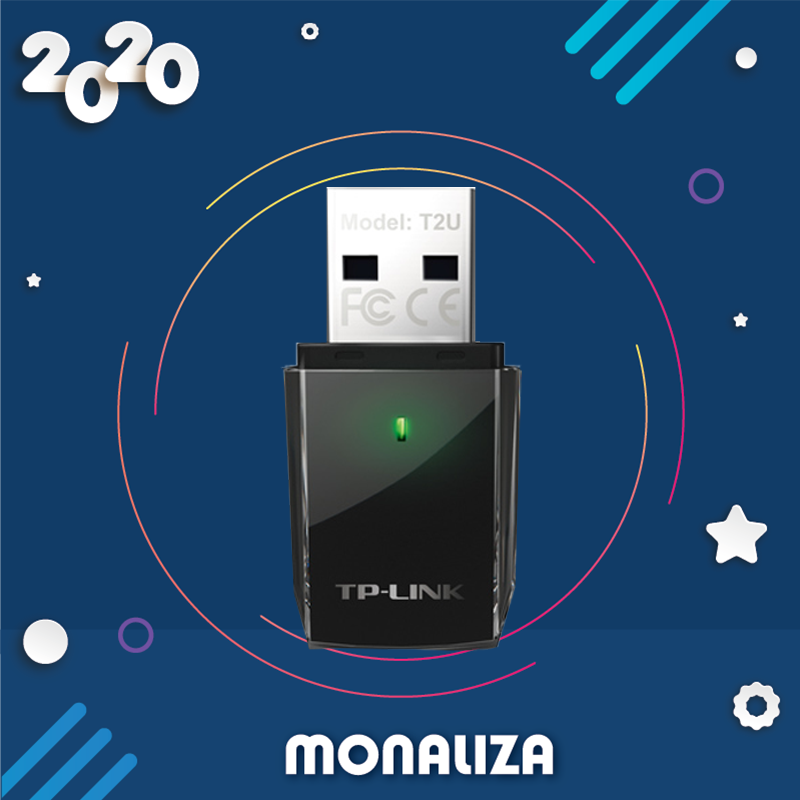

SyncBack Touch – Like cloud storage and FTP, SyncBack Touch is an offsite storage solution that can be used by SyncBackPro and SyncBackSE. SFTP is supported in SyncBackPro while FTPS and FTP are supported in SyncBackPro and SyncBackSE. SFTP and FTPS servers offers an additional layer of security. While most people are moving towards cloud services, FTP remains a viable option for some. SyncBackPro supports the following cloud services - Amazon S3™, Google Storage™, Google Drive™, Google Photos™, Microsoft Azure™, Microsoft OneDrive™, OneDrive for Business (Office 365), SharePoint™ (Office 365), Dropbox™, Box, SugarSync™, OpenStack, Backblaze™ B2, OVH™, Egnyte™, hubiC™, Citrix ShareFile™, pCloud™ and WebDAV.įTP/FTPS/SFTP – Like cloud storage, FTP is an offsite storage solution and may be a solid and reliable option to consider if available. Online backup tends to be slower, especially if you have a lot of data to backup.

Users can pay a recurring fee to buy more storage, but note that charges may get expensive over time. There are several cloud services available, and most cloud services provide a limited amount of online storage for free. Cloud storage is offsite, so it keeps your data safe from disasters. Data stored on cloud services are always accessible from any internet-connected device. Some NAS are located onsite, making it vulnerable to disasters like theft, power-surge, fire and flood.Ĭloud Backup – Storing your data in the cloud is the latest trend in backup technology.

#Ultimate backup internal storage software#
It should be noted that some NAS manufacturers may also provide inferior software that may be buggy, which may cause issues during backup (like storing files with the wrong modification date/time stamp, for example). However, NAS devices offer better data redundancy, drive failure protection in real time and performance using RAID configurations. The storage drives used in NAS are usually sold separately so it may be costly to set up. A NAS device is connected to the network for shared access. Network Attached Storage (NAS) – A NAS device utilizes an array of storage drives to create redundancy and a larger combined storage. However, they have limited storage capacity, a short shelf life and are considerably slower than hard/flash drives. They are cheap, portable, and can be used for offsite storage. There is also the issue of durability to consider.ĭisc media (CD-/DVD-Rom & Blu-Ray) – Burnable disc media is a dying storage medium, although there are still some people who use them. However, they are also prone to being lost or stolen, have a low storage capacity, and certain higher-end models are more expensive. They are good for transporting data between locations efficiently. USB flash drives – Thumb drives, or USB flash drives, are plug n’ play, ultra-portable, inexpensive, and durable. External drives may also risk being stolen or destroyed in a disaster (power-surge, fire, flood, etc). However, like the hard drives in your computer, they are prone to failure over time, risk being misplaced (lost) or damaged (when dropped), and may eventually run out of storage space as their size is fixed.

#Ultimate backup internal storage portable#
The choice of media may depend on several factors, including the size of the backups, setup complexity, portability and security requirements, budget, on-site or offsite backup.Įxternal hard drives - One of the most common storage mediums, external drives, are easy to setup, relatively cheap, provide multiple storage size options, are portable and are usually large enough to store a lot of data. It is therefore important to store a copy of your data somewhere else - as a safety net or form of redundancy. There are also other situations which may result in data loss, such as power failures, system or file corruption, viruses, ransomware, or malware attacks. The constant reading and writing of data will eventually lead to drive failure, due to mechanical failure or drive degradation, usually without warning. Why is backing up your files so important?Ĭomputers use drives to store your data. This article answers all of these questions and more. Some may be intimidated by the apparent scale of what's required, not knowing where to start, what files to backup, where to store their backups or even which backup software to use. So data backup should be an essential part of your computer usage routine, but not everyone does it correctly. An unexpected event like hard drive failure, file corruption or even a virus, could wipe out all your important files when you least expect it. If you use a computer for storing any sort of information, it's vital to ensure that your data is being backed up.


 0 kommentar(er)
0 kommentar(er)
